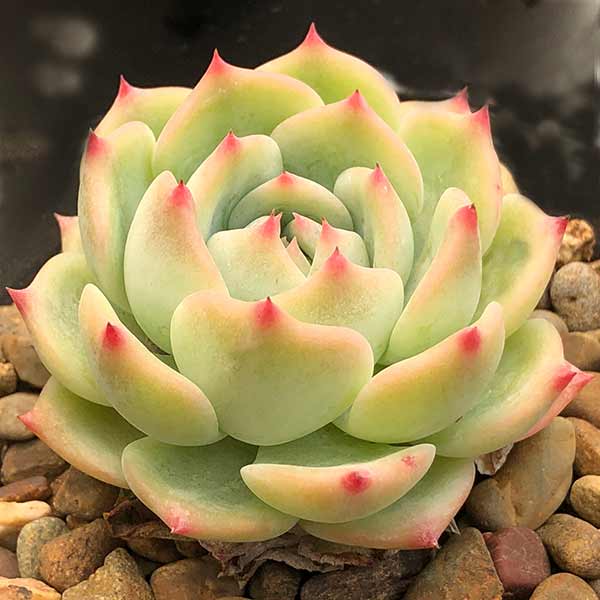It it important to know which seasons succulents are in dormancy, both for watering needs and for transplanting and potting up.

It is not always possible to tell by simply looking at growth, as sometimes. especially with succulents are grown indoors, they just slow down a little.
Lithops for example come from areas in the South West of South Africa with dry winters so in general they are dormant during winter.
Haworthia however, are summer dormant as are Echeveria.
Facts about Dormancy Periods For Succulents
Dormancy depends on climate, light, heat and water. So if they are grown outdoors dormancy period will be consistent. Grown indoors causes problems with more even light and temperature. However ALL succulents do enjoy a rest period, so even indoors it is a good idea to at least cut back on water at the right time of the year, and drop the temperature if possible.
- Do all succulents go dormant ?
Yes, but some just slow down growth rate, other really go to sleep. - Should I repot my succulents during dormancy ?
It is also recommended that you repot succulents during active growth. - Do succulents go dormant if grown indoors ?
It depends. if the dormancy trigger is lower light, they will if light levels drop. If the trigger is temperature, they may not got into full dormancy. - How do you know when your succulents are dormant ?
Is all about observing growth rate. Dormancy simply means the plant are not in active growth, they require less water during this period.
Succulent Dormancy Chart
Summer Dormant Succulents
- Adromischus
- Aeonium
- Crassula
- Anacampros
- Aloe
- Cotleydon
- Dudleya
- Graptopetalum
- Gasteria
- Grapaoveria
- Haworthia
- Kalanchoe
- Pachyveria
- Senecio
- Pachyphytum
- Peperomia
- Portulacaria Afra- Elephant Bush
- Sanseviera
- Sedeveria
- Sedum – The non cold hardy types
- Senecio
Winter Dormant Succulents
- Adenium
- Agave
- Aloinopsis
- Astrophytum
- Ceropegia
- Echeveria
- Echinocactus
- Euphorbia
- Ferocactus
- Lithops
- Mammillaria
- Parodia (syn. Notocactus)
- Parodia magnifica
- Rhipsalis
- Sedum – The cold hardy types
- Sempervivum
- Schlumbergia
- Tillandsia
- Titanopsis

